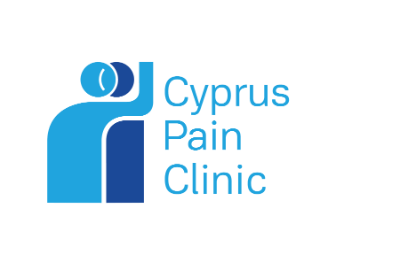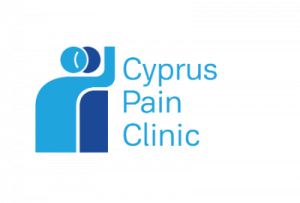General guidelines for treating migraines
The accurate diagnosis of a migraine using the International Headache Society’s criteria is the first step in therapy. This is followed by patient awareness and education on how to look for migraine triggers, keep track with the headache diary, and change of lifestyle (exercise, avoiding skipping meals, good sleep). Treatment is divided into symptomatic (treatment of migraine attacks) and chronic prophylaxis.
Symptomatic treatment
To treat seizures, a medication of choice and a second “escape” medication (an alternate medication used if a patient does not respond to the medication of choice) are selected. If the pain is still severe after 2 hours, the “escape” medicine is administered. In the event of a relapse (recurrence of the headache that had resolved with the first medication), the medication of choice is administered again.
Migraine-specific treatments include triptans.
Non-migraine-specific treatments are:
• Regular pain relievers (Paracetamol, Aspirin)
• Non-steroidal anti-inflammatory drugs (Naproxen, tolfenamic acid, indomethacin, diclofenac sodium. They are not recommended for long-term use because they cause rebound headache when overused.
• Dopamine antagonists (Metoclopramide, Domperidone, Chlorpromazine)
Chronic migraine prophylaxis
Chronic prophylaxis aims to reduce the frequency, duration, and intensity of migraine attacks and, thus, improve a patients’ functionality and Quality of Life. It is recommended for patients who experience frequent migraine attacks (2-3 monthly), do not respond well to symptomatic treatment, and often resort to escape medication as well as for patients who experience side effects from the use of symptomatic treatment or overuse of medications. The duration of prophylaxis ranges from 6 months to one year.
Prophylaxis medications:
- Beta-adrenergic receptor antagonists (Propranolol)
- Anticonvulsants (Sodium Valproate, Topiramate)
- Antidepressants (Amitriptyline)
Tension headache
It can occur at any age and is either episodic (less than 15 days per month) or chronic (more than 15 days per month). It is located frontally, cervically, occipitally and, rarely, unilaterally, and it is sensed in the form of pressure or tightness. It can last from a few hours to a whole day. It develops with no precursor symptoms, aura or nausea and vomiting. Patients with tension headaches are advised to change their lifestyle (stress, poor sleep, sedentary lifestyle) and exercise more. Symptomatic treatment includes regular plain relievers and anti-inflammatories as well as prophylaxis such as amitriptyline, propranolol, SSRIs.
Cluster headache
Men between the ages of 30 and 40 are more likely to experience it, with an average of 1 to 3 attacks occuring every day for approximately 6 weeks. It is usually unilateral, around the eyes, unbearably painful, and lasts from anywhere between 30 minutes and 2 hours. It is typically accompanied by drooping eyelids, tearing, eye redness, and rhinorrhea. During a cluster headache crisis, oxygen 7-10 lt/min is administered for 15-30 minutes or sumatriptan subcutaneously. Verapamil tolithium and prednisone are recommended as prophylaxis medications.
Trigeminal neuralgia
It is characterized by intermittent, brief—up to 2 minutes—paroxysmal frontal or facial pain attacks.
Pain should manifest with at least 4 of the following characteristics:
- It is located in the region of one or more trigeminal branches
- It is sudden, sharp, superficial, and feels like burning or stabbing.
- It is very intense
- It is caused by regular activities or by irritated particular areas (feeding, brushing teeth)
- Between attacks, patients are asymptomatic.
- Each patient experiences the same attacks in a predictable personal pattern.
Trigeminal neuralgia can be idiopathic (of unknown etiology) or symptomatic (secondary). Secondary trigeminal neuralgia is due to either lesions compressing the trigeminal ganglion (arteriosclerotic vessel loop, basilar artery aneurysm, cerebellopontine angle tumors) or demyelinating lesions (axon hyperexcitability). Treatment comprises anticonvulsants (carbamazepine, phenytoin, gabapentin, pregabalin, sodium valproate, lamotrigine, oxcarbazepine) or non-anticonvulsants (baclofen, amitriptyline), and surgery (transcutaneous thermocoagulation of the trigeminal ganglion, percutaneous glycerol injection, microvascular nerve decompression).


